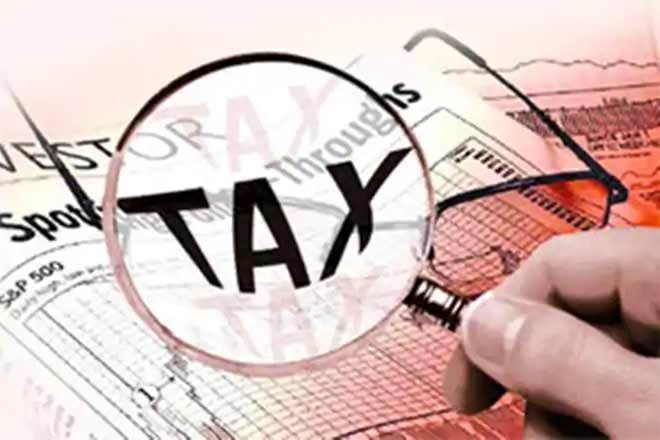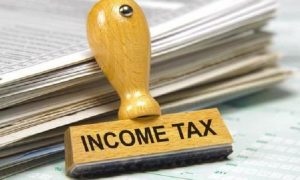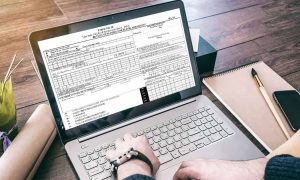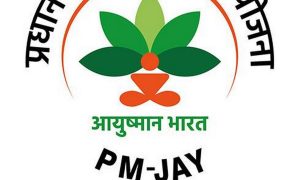Leave encashment tax calculation: Accumulated leave can either be encashed during service or at the time of retirement or resignation. Any leave encashed during service is fully taxable and forms part of ‘income from Salary’. However, relief under Section 89 can be claimed.
Leave encashment received at the time of retirement / resignation is fully exempt for Central or State Government employee.
Leave encashment received by Non-Government employee is exempt to the extent of lower of the following:
- Amount notified by the Government- Rs 3 lakh
- Actual leave encashment amount
- Average salary of last 10 months
- Salary per day x unutilised leave (considering maximum 30 days leave per year) for every year of completed service
Salary referred above includes basic salary, dearness allowance and commission based on fixed percentage of turnover secured by employee
For instance, Gopal resigns from company XYZ. His monthly salary is Rs. 1.5 lakh. He was entitled to 30 days leave per year. His leave balance at the time of retirement is 20 leaves. His leave encashment of Rs. 1 lakh.
Hence the exempt leave encashment will be lower of:
- Amount notified by the Government- Rs 3 lakh
- Actual leave encashment amount – Rs. 1 lakh
- Average salary of last 10 months – Rs. 15 lakh (Rs. 1.5 lakh x 10 months)
- Salary per day x unutilised leave (considering maximum 30 days leave per year) for every year of completed service – Rs. 1.5 lakh / 30 days = Rs. 5,000 per day x 20 days = Rs. 1 lakh
Hence, total leave encashment of Rs. 1 lakh would be exempt.
Now, Gopal joins company ABC and serves there for 10 years before retirement. His monthly salary is Rs. 2.4 lakh. He was entitled to 30 days leave per year. His leave balance at the time of retirement is 100 leaves. His leave encashment of Rs. 8 lakh.
The exemption of Rs 3 lakh notified by the Government is aggregate exemption during the lifetime of an employee. Hence the exempt leave encashment will be lower of:
Read More: Income tax return forms for FY 2021-22: 9 changes that require additional information from taxpayers
- Amount notified by the Government- Rs. 2 lakh (Rs. 3 lakh less Rs. 1 lakh claimed exempt earlier)
- Actual leave encashment amount – Rs. 8 lakh
- Average salary of last 10 months – Rs. 24 lakh (Rs. 2.4 lakh x 10 months)
- Salary per day x unutilised leave (considering maximum 30 days leave per year) for every year of completed service – Rs. 2.4 lakh / 30 days = Rs. 8,000 per day x 100 days = Rs. 8 lakh
Hence, amount of leave encashment exempt would be Rs. 2 lakh and Rs. 6 lakh would be taxable.
In case if the employer credits more than 30 days per year, or the purpose of leave encashment it should be restricted to 30 days per year. For instance, Anuradha served in company LMN for 10 years. Company LMN credits 35 days per year as leave. Leave utilised by Anuradha during the service period is 60 days. Her monthly salary is Rs. 90,000. Leave encashment received is Rs. 8.7 lakh.
Since, Anuradha’s employer credits more than 30 days per year as leave, we have to calculate the unutilised leave balance by restricting to maximum 30 days per year leave.
The exempt leave encashment will be lower of :
- Amount notified by the Government- Rs. 3 lakh
- Actual leave encashment amount – Rs. 8.7 lakh
- Average salary of last 10 months – Rs. 9 lakh (Rs. 90,000 x 10 months)
- Salary per day x unutilised leave (considering maximum 30 days leave per year) for every year of completed service – Rs. 90,000 / 30 days = Rs. 3,000 per day x 240 days = Rs. 7.2 lakh
Hence, amount of leave encashment exempt would Rs. 3 lakh and Rs. 5.7 lakh would be taxable.
Question:
I have received Rs. 5 lakh as leave encashment as a part of the full and final settlement from the employer of my deceased husband. What amount would be taxable?
In the case of employee’s death before the leave encashment, their legal heirs can receive total leave encashment on behalf of the deceased. No income tax will be charged on the amount received by them.





































